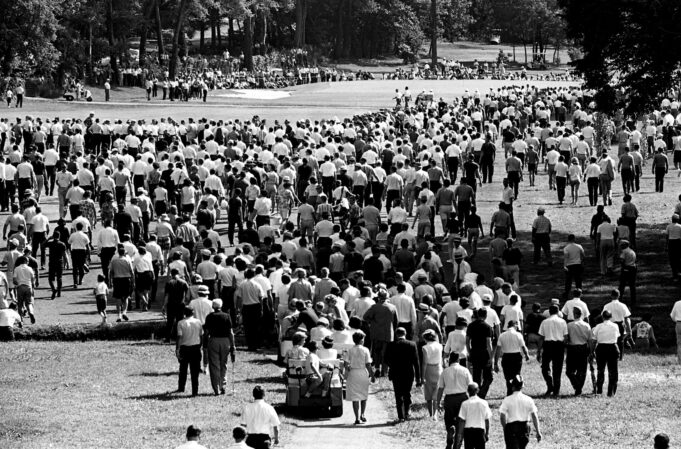Golf, a game of precision and patience, carries with it a lineage as rich and storied as a royal pastime — and for good reason. With roots possibly stretching back as far as ancient Rome and China, the game as we know it today took form on the rugged coastlines of Scotland during the 15th century. But this is no sleepy tale of old clubs and quiet fairways. Golf’s evolution is a dramatic clash of culture, technology, and even royal intervention.
Banned by Kings, Loved by the People

Scotland in the 1400s was a place of political intrigue and martial readiness. So imagine the surprise when King James II, fearing the distraction golf posed to his archers, issued an edict in 1457 banning the sport outright. Yes, golf was literally outlawed — not once, but multiple times by successive kings. And yet, the game persisted. It seeped into the fabric of Scottish life, refusing to be silenced, proving even then that golf had an enduring grip on the hearts of its players.
By the 16th century, the narrative took a royal twist. King James IV broke from his predecessors and gave golf his blessing, officially legitimizing the sport. From there, the game migrated across Europe, eventually capturing the imagination of England’s upper class and, later, the aristocracy abroad.
Eighteen Holes and the Rise of Rules
Fast-forward to the 1700s, and the sport began taking on the form we now recognize. The Honourable Company of Edinburgh Golfers, established in 1744, drafted the first known rules of golf. These early laws brought structure to what had previously been a fairly loose and localized pastime. And when the Old Course at St. Andrews settled on the now-standard eighteen-hole layout, golf found its architectural blueprint — a format still revered and replicated around the world today.
Golf was no longer just a hobby of nobles; it was becoming a sport of discipline, competition, and prestige.
Across the Atlantic: Golf Finds New Ground
But the revolution wasn’t confined to Europe. By the late 19th century, golf leapt across the Atlantic. The United States, with its wide-open landscapes and entrepreneurial spirit, welcomed the sport with open arms. Clubs sprouted up rapidly, tournaments gained momentum, and by the early 20th century, American players were beginning to make their mark on the international stage.
Golf’s journey from a medieval distraction to a global sport is nothing short of remarkable. It has outlasted monarchs, survived bans, crossed oceans, and continually reinvented itself — all while staying rooted in a tradition that demands focus, finesse, and respect for the game.





